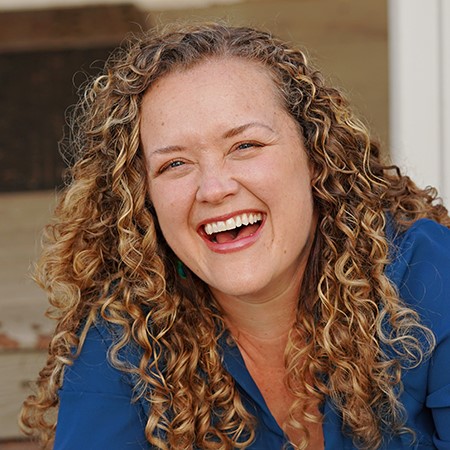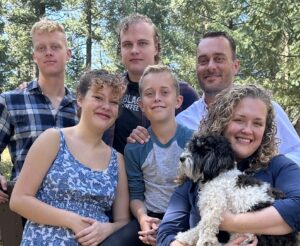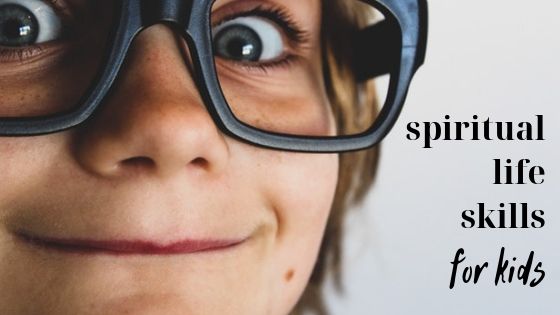
It’s a disturbing statistic.
A friend quoted me a study cited in Johann Hari’s Lost Connections: Uncovering the Real Causes of Depression–and the Unexpected Solutions (please forgive me if it’s misquoted).
In short, the study asked how many people participants had in their lives who they could call in a time of crisis.
In the 1970’s, the most common answer: 3.
Today’s most common answer?
Zero.
Hari continues,
When [a scientist] put lonely people into brain-scanning machines, he noticed something. They would spot potential threats within 150 milliseconds, while it took socially connected people twice as long, 300 milliseconds, to notice the same threat. What was happening?
Protracted loneliness causes you to shut down socially, and to be more suspicious of any social contact, he found. You become hypervigilant. You start to be more likely to take offense where none was intended, and to be afraid of strangers.
….When they added up the figures…scientists found that being disconnected from the people around you had the same effect on your health as being obese.
It was only a long time into talking with these social scientists that I realized every one of the social and psychological causes of depression and anxiety they have discovered has something in common. They are all forms of disconnection.
Because anxiety and depression are on the rise in children–and more than 1 in 20 children struggles with one of these–living connected feels more important than ever.
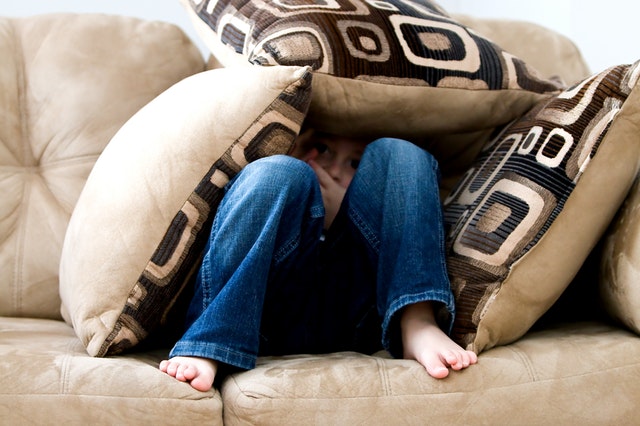
To be clear: I’m not talking about electronically connected, or even social-media connectedness, which increase kids’ tendency toward depression and anxiety.
I’m talking community.
Community is about intentionally choosing to connect ourselves in trustworthy, dependent, authentic relationships based not on appearances, but compassionately showing each other Christ. We’re training kids to acknowledge our mutual need for each other.
Two years ago, my family and I returned to the U.S. from Africa. From our own perspective, we’ve been overwhelmed by the disconnectedness most Americans bear daily.
Perhaps this was accentuated by the life lessons Africa gave me: I love the time Africans take to simply shoot the breeze with each other. They might be sorting beans or rice, or washing clothes by hand, or cooking or farming—but they’re talking. They’re relating, spiraling out cords of connection between them.
Far more than activities, I want my life to make a priority of time for people.
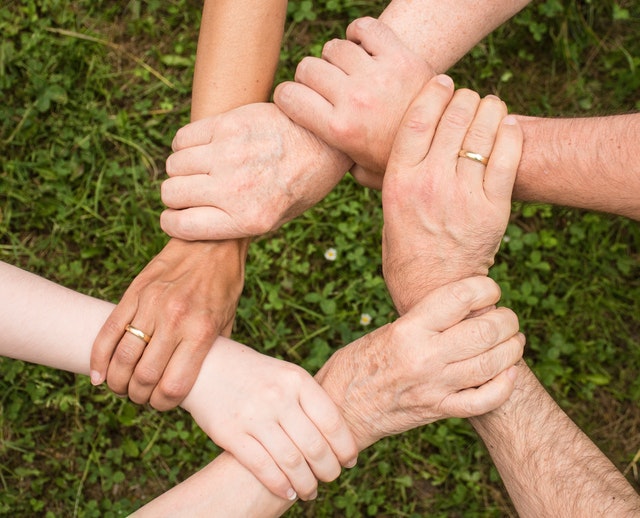
It’s part of the reason my family chose to move to a smaller town outside a city.
Like Africa, I didn’t want my kids’ community to solely exist in silos: community from a sport that’s different from church that’s different from school that’s different from the people they see in a store.
But I don’t think it’s just comparing cultures that makes me think we are lonelier than ever.
When I returned, a lot had happened politically. Outrage was the new tact. People seemed as likely to look at phones as look at each other in the eye.
And I was amazed at how hungry people seemed to feel for someone to listen to them. There’s a deeply felt longing for people to share our stories with, depend on, feel known by.
Something, friends, is changing.
And on this trajectory, our kids are headed for a future even more isolated.
But what if there was hope?
What if we started living differently? More vulnerably? More–dare I say–intrusively?
1. Put down the phone.
Social media and phones make us feel connected. But let’s get honest. Will we really be our most authentic selves when our interactions involve
- 140 characters or less?
- “updates” made public to a group of people bigger than your child’s classroom?
- images filtered and curated?
- a screen, removed from the physical and emotional presence of others?
To clarify: If our kids are their most vulnerable in the very public arena of social media, we’ve got a problem.
No one should be broadcasting their most intimate feelings where no one’s there to look them in the eyes, ask questions, and receive them.
More often, social media is about image-management. It’s suitable for announcements and things you’d report to a group of friends and/or acquaintances. It’s a little like the family Christmas letter.
Systweak’s got a great list of 7 apps to help manage social media use, so we can keep it in the right place.
Then, nudge your kids into face-to-face relationships.
2. Practice hospitality. Loop in the kids.
Hospitality is an intimate form of community. We’re inviting people into our homes, sharing our food and our stuff and even our mess. Keep it from lopping into appearances. Here are some ideas to involve kids, and keep it less on the Martha Stewart side of things, more toward “Wow, that was great!”
3. Eighty-six the insecurity.
Our own image-management is so often what stands between us and the community we need–we long for.
We’ve got to relentlessly banish self-protective insecurity and relationships thriving on appearances.
We can do this by
- looking beneath our kids’ words or actions to the heart attitudes beneath, so we’re not praising appearances only
- encouraging kids to be the same version of themselves in every place/group of people
- when we need them to be kind, emphasizing true consideration of others over “people will think you’re ___”
See this post, Is Insecurity Robbing Your Family?
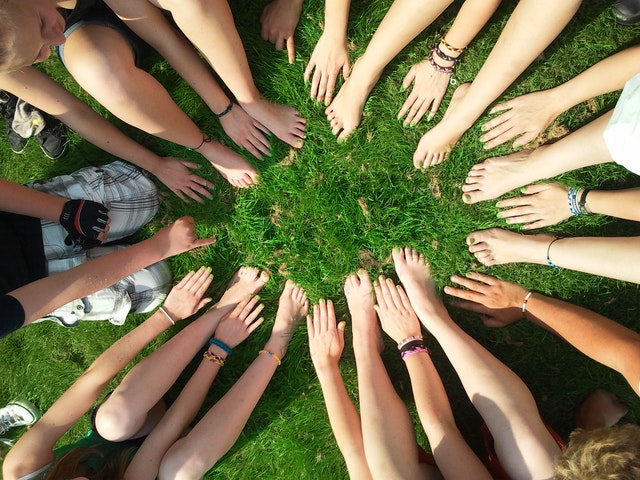
4. Bake some muffins.
I happen to have a friend who regularly muffin-bombs my house (you know who you are). When she and her kids make a treat, she just makes more. They stop by the neighbors. Last week, she brought some to the urgent care her family frequents.
Muffins (or cookies, or whatever–even if they’re not homemade!) have a way of making the world feel smaller.
5. Train our kids to be a safe place.
Channeling my inner Fred Rogers, here–part of what draws us into community is the ability to trust and depend on each other. Mr. Rogers is famous for telling kids to look for the helpers.
https://www.youtube.com/watch?v=cyOLq6tslnU
Can kids be helpers, too? We can help them grow into community members who receive others’ pain. See this post for solid ideas: Helping Kids Be a Safe Place.
6. Teach the gift of presence.
To live in community is to live among each other–but not just exist around each other. Community is about being fully, undistractedly there.
Presence is a precious form of love.
I think of the God who wasn’t content with never being seen, never touching, with a self-centered failure to engage: “The Word became flesh and blood, and moved into the neighborhood” (John 1:14 ).
).
Authors John and Stasi Eldredge note,
The gift of presence is a rare and beautiful gift. To come―unguarded, undistracted―and be fully present, fully engaged with whoever we are with at that moment. When we offer our unguarded presence, we live like Jesus.*
We can do this by
- Putting down that load of laundry (or hello, the phone) when kids are talking to us
- Asking kids to be headphone-free when they’re with people
- Requesting phones to be put in a collective basket at home
- Gently reminding kids to look people in the eyes when speaking or listening
- Coaching kids with questions to ask others about their lives, rather than waiting to tell about themselves
7. Build a network.
Who can kids contact when they have a need—both kids and adults?
Who can they help and pray for in return?
Consider relatives, friends, Sunday school teachers, a babysitter, etc. When your kids need help, brainstorm together about who they can talk to.
Conversely, if there’s a friend in need–get intentional about how you can help. Pray for them. Bring them a meal. Offer for you and your kids to babysit. Help your kids mentally build a structure of people who mutually depend on one another.
It’s cool to help your kids assemble this visually. You could post this on the fridge or inside a cupboard. Get a little excited when you add another name! PRINT THIS HERE, FREE.
8. Help them hear voices.
The more I grapple with my staggering weaknesses, I pray for other voices in my kids’ lives: people invested in them, abundant in areas I’m sorely lacking, intimately involved enough to speak into my kids’ lives.
Sometimes these other voices may be saying what I’m already saying, but in a different way that resonates with my child.
And–bonus (especially with teens?) without relational static deafening our communication.
You could
- ask someone to mentor your child
- before a birthday, ask people in your child’s network to send emails to you, to print out, read aloud, and save
- when your child’s struggling, ask a kind adult friend to take them out for coffee, and simply listen
- capitalize on a mutual hobby–like the guy from church who takes my son to the shooting range, or helps another son with archery
9. The most important ingredient.
Y’know how the most important ingredients in French cooking are butter, butter, and butter?
One of the most important ingredients in community is time, time, and time. (Not thyme.)
We tend to think more activities connect us more with people. But what if the quantity of our activities sucks the quality of our relationships?
What’s one activity you could say “no” to for the sake of being more present with others?
Like this post? You might like
Spiritual Life Skills for Kids: The Series
Guest post: A Prayer for Your Community–Every Day of the Week
Makeup, Vulnerability, and 8 Simple Ideas for More Real Relationships



